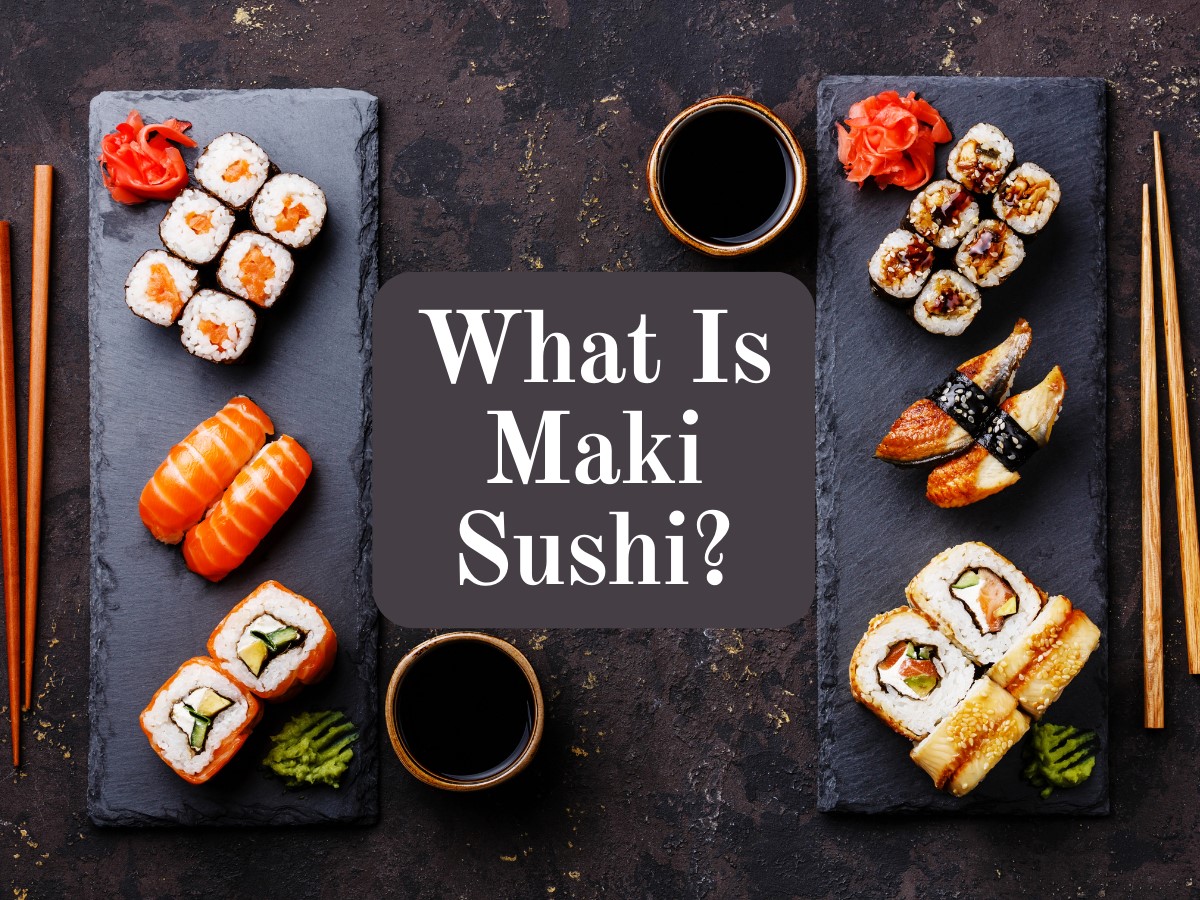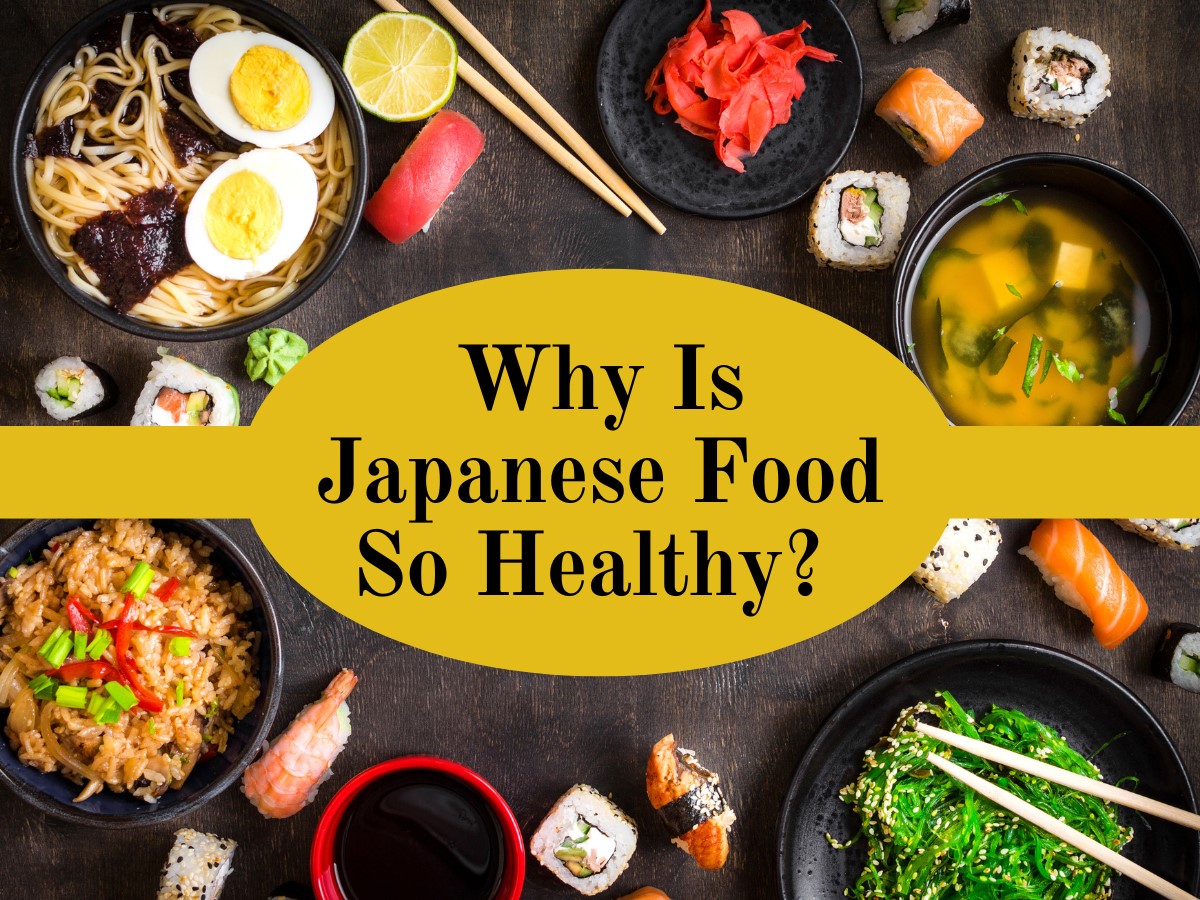My friends and I planned to visit a Japanese restaurant for a healthy breakfast on the last weekend of January 2023. We decided to have a Japanese delicacy that we had never tried before. On the menu, I found “scrambled eggs with uni.” My curiosity was piqued when I saw the word uni and researched it to learn that this is a Japanese superfood. So we ordered this breakfast and waited while I read more reviews on Reddit and quora about this seafood.
Analyzing people’s comments, I realized that it’s a kind of meal that you either develop its taste and love or completely hate it. After breakfast, my opinion became biased; I loved its sweet, umami, and briny flavor and thought, why would anyone dislike it? Maybe some factors influence the taste of a sea urchin, like buying fresh or cutting it perfectly. Since I enjoyed a uni breakfast, I also researched it extensively to make it good at home.
So if you are still wondering, “what does sea urchin taste like?” This article has all answers you are looking for. I have also penned, “is uni good for you”? Is it nutritionally beneficial? What are its health benefits? Continue reading to make your mouth water.
What Is Sea Urchin?
Well, if you don’t know what a sea urchin is, here is what. Sea urchin is also known as uni in Japanese, becoming an increasingly popular superfood worldwide. It’s a spiny and globular sea creature that feeds on seaweed and rests on seabeds. Meaty inside, the edible part of sea urchins is its reproductive organs called gonads. These gonads are thick and buttery, resembling the shape of a tongue.
The deep ocean divers harvest sea urchins, which is a challenging task. It is why uni sea urchin is a pricey meal. Their harvesting is either annual or seasonal, depending on the state’s coastal fishing regulations. Nevertheless, you can find uni sea urchins in the market from September to May.
Moreover, there are wide varieties of this seafood that come in various colors, textures, and flavors. They come in red, black, green, pink, and purple colors, with a meaty part that can be yellow, orange, or brown, depending on the species. Each specie also varies in taste. See how?
What Does Sea Urchin Taste Like?
Sea urchins typically have a sweet, salty, and umami flavor. Nevertheless, their age, specie, sex, and diet can alter their savoriness. For example, uni harvested in Japan feeds on kombu, giving an aftertaste of kombu. Likewise, some uni varieties provide a hint of seaweed or kelp.
Some people compare the taste of uni with oyster, caviar, salmon roe, egg yolk, foie grass, and lobster. When you buy uni fresh, its taste is sweeter and a little salty due to the oceanic mineral content. But it may taste bitter and become slimy if it gets old in cold storage. Moreover, male sea urchins have a smoother texture and are sweeter than female ones, which are less soft, firmer, and saltier.
But all good and fresh sea urchins are sweet and salty and butter in consistency. I recommend you to visit a nice restaurant that regularly gets a fresh supply of sea urchins and does not store them long in storage.
Sea Urchins and Other Foods: How Do they Taste Together?
Do you know how uni tastes when combined with other foods? Do you want to cook or serve raw sea urchins with different meals and are confused about how they will go together? Let’s see in what ways you can relish uni sea urchin.
- In Japan, raw sea urchin is served on top of sushi rice complemented with fresh vegetables, making a delectable main course meal. So you can either make it at home or try uni sushi at your favorite restaurant.
- You can try sashimi prepared with sea urchin in your town’s popular Japanese restaurants since they are experts in cutting it right to bring out the best flavors.
- Raw sea urchin goes best with spicy crackers drizzled with mayo and barbeque sauce. You can also sprinkle some lemon zest or juice to add acidity to the umami flavor of uni.
- Add uni to the scrambled eggs or omelets; since uni gives an egg-yolk aftertaste, it will go best with this protein.
- You can try uni sea urchin, cooked or raw, with pasta of your choice.
- How about a sea urchin tempura? If you don’t like uni raw, coat it in a light tempura batter and deep fry it to savor the crispy outside and buttery inside uni.
How to Buy a Tasty Sea Urchin?
To get a delectable sea urchin, you must learn how to buy it right. For this purpose, you should know the season of each specie. If you like green sea urchins, purchase them in the winter season, or if you want to relish the purple ones, you can get them the whole year.
Moreover, buy sea urchins fresh; a fresh uni looks brightly yellow colored, smooth, and has no slime. Also, do not prefer the stored sea urchins unless you don’t find fresh ones at all. Another trick is to do a sniff test. If a sea urchin smells like fish, do not buy it since a fresh and uncontaminated uni has a briny odor.
Is Sea Urchin Good for You?
Yes, sea urchin is good for you since it is an excellent source of proteins, vitamins, and minerals. Also, there are many health benefits of having sea urchin meat. What’s more concerning about this superfood is the risk of contamination when consuming it raw.
According to a study, sea urchin gonads may be contaminated with norovirus and E.coli bacteria that may cause food-borne diseases. Hence, to avoid this risk, you should only eat cooked or raw sea urchins if you are confident that they were prepared by professionals and are clean.
Nutritional Value
Sea urchins are the best reservoirs of omega-3 fatty acids and proteins. They also contain vitamins C and A, beta-carotene, zinc, and other minerals. According to Nutritonix, 25 grams of sea urchin gives you the following nutrients.
| Nutrients | Amount per serving |
| Total Carbohydrates | 2.5 grams |
| Protein | 4.7 grams |
| Total Fat | 1.2 grams |
| Calcium | 4 milligrams |
| Potassium | 75.5 milligrams |
| Iron | 2.3 milligrams |
Health Benefits
The above data on nutritional value shows that sea urchins are packed with numerous nutrients. These nutrients are essential for the body’s healthy functioning and good metabolism. Also, these nutrients fortify our general body’s health and immune system.
- Omega-3 fatty acids in sea urchins reduce the risk of cardiovascular diseases and control the cholesterol levels in check, according to a study.
- Vitamin A and omega-3 fatty acids are also helpful for eyesight, as reported in much scientific research.
- Zinc and omega-3 fatty acids prevent the risk of acne, heal active acne, and promote good skin health.
- Omega-3 fatty acids in sea urchins can improve the cognitive power of aging women.
- Sea urchins are natural aphrodisiacs, and many Japanese consume them to improve their sexual behavior and desire.
- Dietary fiber in sea urchins helps promote GI health and improves digestion.
- Vitamin C helps fight free radicals, boost immunity, and promotes collagen production.
Summing Up
So, are you ready to try your first uni experience? Wondering what sea urchins taste like? For me, sea urchin was the best seafood I tried, with a sweet and salty flavor and a butter consistency. You can try it to know if you will develop its taste. And to see if it’s good for you, read the above guide; it will answer your queries.









